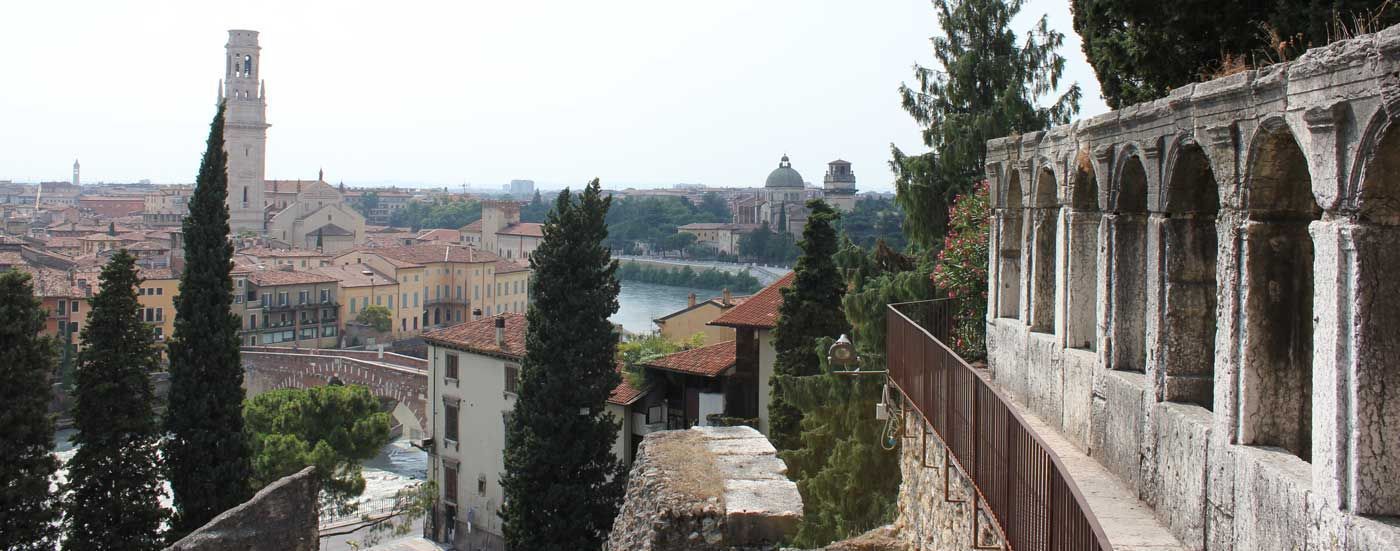Verona: General information
Provincial capital and World Heritage Site
“Little Rome”, as Verona was often named during the Roman Period, developed very quickly during the Middle Ages and became a thriving commercial city. Today Verona is a provincial capital, a listed UNESCO World Heritage Site and one of the most beautiful cities in Italy. The famous city on the river Adige marks the gateway to Veneto when you come from the Brenner Pass and is the second largest city in the region. The geographical proximity to Lake Garda, the medieval old town with the Roman amphitheatre and its role as the literary home town of Romeo and Juliet make Verona one of the most popular attractions for tourists, especially in the summer.
Verona – an important city in northern Italy
Due to its importance for the northern region of Italy, Verona was called “little Rome” (Piccola Roma) in the Roman Empire – probably one of the reasons for the impressive Roman amphitheatre in the city. In medieval times Theoderic, king of the Ostrogoths (referred to as Dietrich von Bern in the legends), elevated Verona to his royal residence. In the old German language Verona is therefore still called “Bern”, which gave the king his nickname. In medieval times Verona became independent and was ultimately a successful trading power at the head of the Lombard cities until it was finally conquered by Venice in 1405.
Verona – the gateway to Veneto
Verona is the capital of the eponymous province and with its 265,000 inhabitants the second largest city in the Veneto. Many important works of art and monuments make Verona one of the most popular attractions for tourists in the region. The medieval flair of Verona and its own charm even became the setting for Shakespeare’s romantic tragedy Romeo and Juliet – although Shakespeare had never visited the city himself. All in all, there are more than enough reasons to plan a trip to this medieval gem to admire the charm of this stunning city yourself.


Tweet